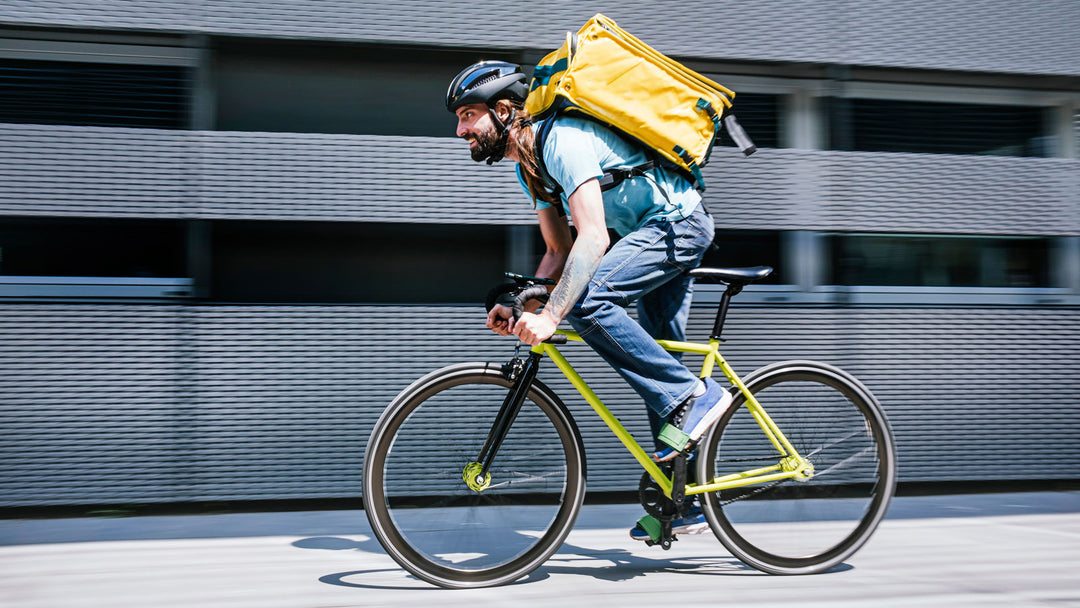Understanding Aerodynamics: How Small Changes Make You Faster
Understanding Aerodynamics: How Small Changes Make You Faster
Introduction
In the world of cycling, speed is not just about physical prowess; it’s also heavily influenced by the science of aerodynamics. This post explores how minor adjustments can lead to significant improvements in cycling performance by reducing air resistance.
The Basics of Aerodynamics in Cycling
Aerodynamics refers to the way air moves around objects. For cyclists, understanding and optimizing this interaction is crucial for enhancing speed and efficiency.
Air Resistance and Cycling
Air resistance, or *drag*, is the opposing force your body and bike encounter as you pedal forward. It's a combination of pressure drag (caused by the frontal area facing the wind) and skin friction (caused by the surface of the cyclist and bicycle).
Importance of Aerodynamic Efficiency
Reducing drag is pivotal because the lesser the air resistance, the less energy you expend at a given speed, allowing for faster and more sustainable rides.
Key Aerodynamic Adjustments
Here, we delve into several actionable adjustments that can significantly impact your aerodynamic efficiency.
Bike Fit and Positioning
- Lower the Handlebars: Reducing handlebar height decreases your frontal profile, minimizing drag.
- Optimize Saddle Height and Position: Proper saddle positioning helps maintain an optimal knee angle, crucial for effective power transfer while maintaining an aerodynamic posture.
Clothing and Gear
- Wear Tight-Fitting Jerseys and Shorts: Loose clothing increases drag by creating additional air pockets.
- Aerodynamic Helmets: These helmets are designed to reduce drag by smoothing airflow over your head and back.
Wheel and Frame Design
- Aerodynamic Wheels: Wheels with fewer spokes and deeper rims are designed to cut through the air more efficiently.
- Frame Geometry: Modern frames are designed with tube shapes that promote better air flow, reducing pressure drag significantly.
Practical Applications
Implementing these adjustments can lead to noticeable improvements in speed and efficiency. Here’s how you can apply these concepts:
1. Start with a professional bike fit to ensure optimal positioning.
2. Gradually integrate aerodynamic gear into your setup.
3. Test different positions in a controlled environment, like a velodrome or with a wind tunnel setup.
Conclusion
Aerodynamics in cycling is a field where small tweaks can lead to big gains. By understanding and implementing the principles discussed, cyclists can achieve greater speeds and efficiencies. Remember, even the smallest change can make a significant difference.
> "Mastering aerodynamics is as much about small details as it is about big breakthroughs."
Ready to boost your cycling speed? Start optimizing your aerodynamics today and feel the difference!
---
Meta Title: Boost Your Cycling Speed with Aerodynamics - Learn How
Meta Description: Discover how minor aerodynamic adjustments can dramatically improve your cycling speed. Learn about the science behind it and practical tips to apply.






